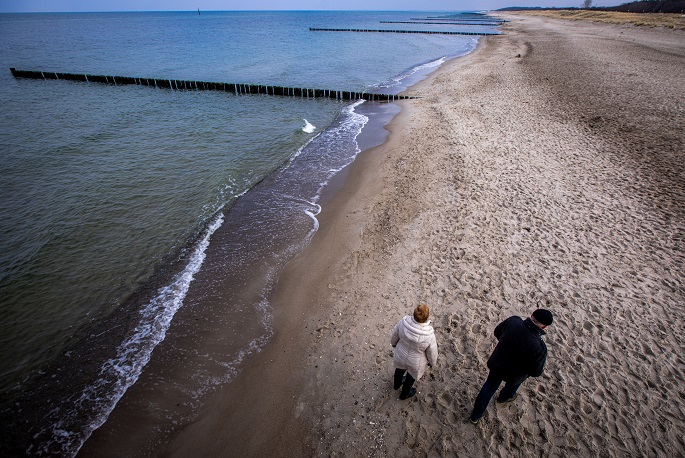1,400-year-old seagrass plant found in Baltic Sea
Published : 11 Jun 2024, 18:43
A team of researchers has discovered a seagrass plant in the Baltic Sea that is over 1,400 years old, according to a new paper.
The seaweed is the oldest plant whose age has been precisely determined, according to the international research team led by Thorsten Reusch from the Geomar Helmholtz Center for Ocean Research in Kiel in northern Germany.
The seagrass primarily reproduces vegetatively, via underground offshoots. The individual parts of such a clone differ only very slightly genetically.
The researchers, who come from Germany, London, and California in the United States, used this fact to develop a new type of genetic clock to determine the exact age. The decisive factor is mutations in the genetic code during reproduction, which according to the researchers occur as regularly over time as clocks tick.
The prerequisite for the work was high-quality data from a seagrass genome. Scientists from the University of California provided reference values for the genetic clock from a seagrass clone that they had kept in culture tanks for 17 years, as the team reported in the journal Nature Ecology and Evolution.
Other researchers had previously discovered huge seagrass clones, which they estimated to be several thousand years old based on their size.
For example, a team led by Elizabeth Sinclair from the University of Western Australia reported in 2022 that a seagrass carpet of the species Posidonia australis which stretches across 180 kilometres off the west coast of Australia is estimated to be at least 4,500 years old.
According to Reusch, however, such an estimate is imprecise because seagrass does not always grow evenly.
Nevertheless, he also expects that in other seagrass meadows, for example in the Mediterranean and off the Australian coast, organisms that are significantly older than 1,400 years will still be discovered using the new identification method.
In 2018, researchers in North America pointed to a huge network of 47,000 quaking aspen trees with identical genetic material that are connected underground by roots.
The cluster of trees, named Pando by researchers, has probably also existed for thousands of years, wrote the team led by Paul Rogers of Utah State University in 2018 in a paper in the journal PLOS One.


